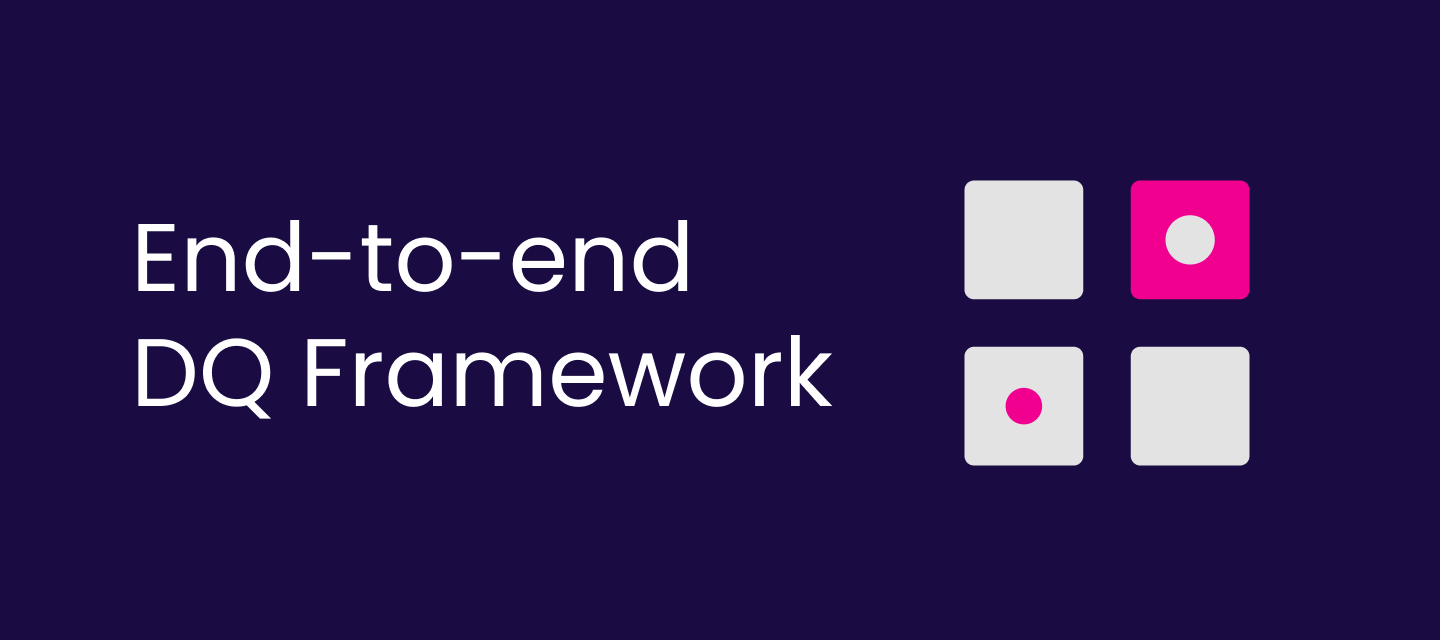We are half-way into the end-to-end DQ guide! Just jumping on here? Read the first post of the series 👇
Identifying data issues is just the beginning—what really matters is fixing them 🛠️
Data quality improvement involves standardizing formats, removing duplicates, and setting up automated remediation workflows. Whether it’s fixing customer records, cleansing addresses, or resolving inconsistencies, clean data means more reliable insights.
Data transformation tools play a crucial role in making data fit for purpose, while matching and merging ensure that duplicate records don’t pollute your systems. Additionally, data remediation workflows enable businesses to track and resolve data quality issues efficiently.
Ultimately, improving data quality isn’t just about technology—it’s about creating a culture where teams take ownership of data health. Organizations that prioritize continuous data improvement see better business outcomes and reduced operational risks.
- How did you manage to build a data culture in your organization?
- How does your team handle data cleansing and remediation?
- Have you automated any of these processes, or are they still manual?
Share your experiences in the comments and learn from others👇


